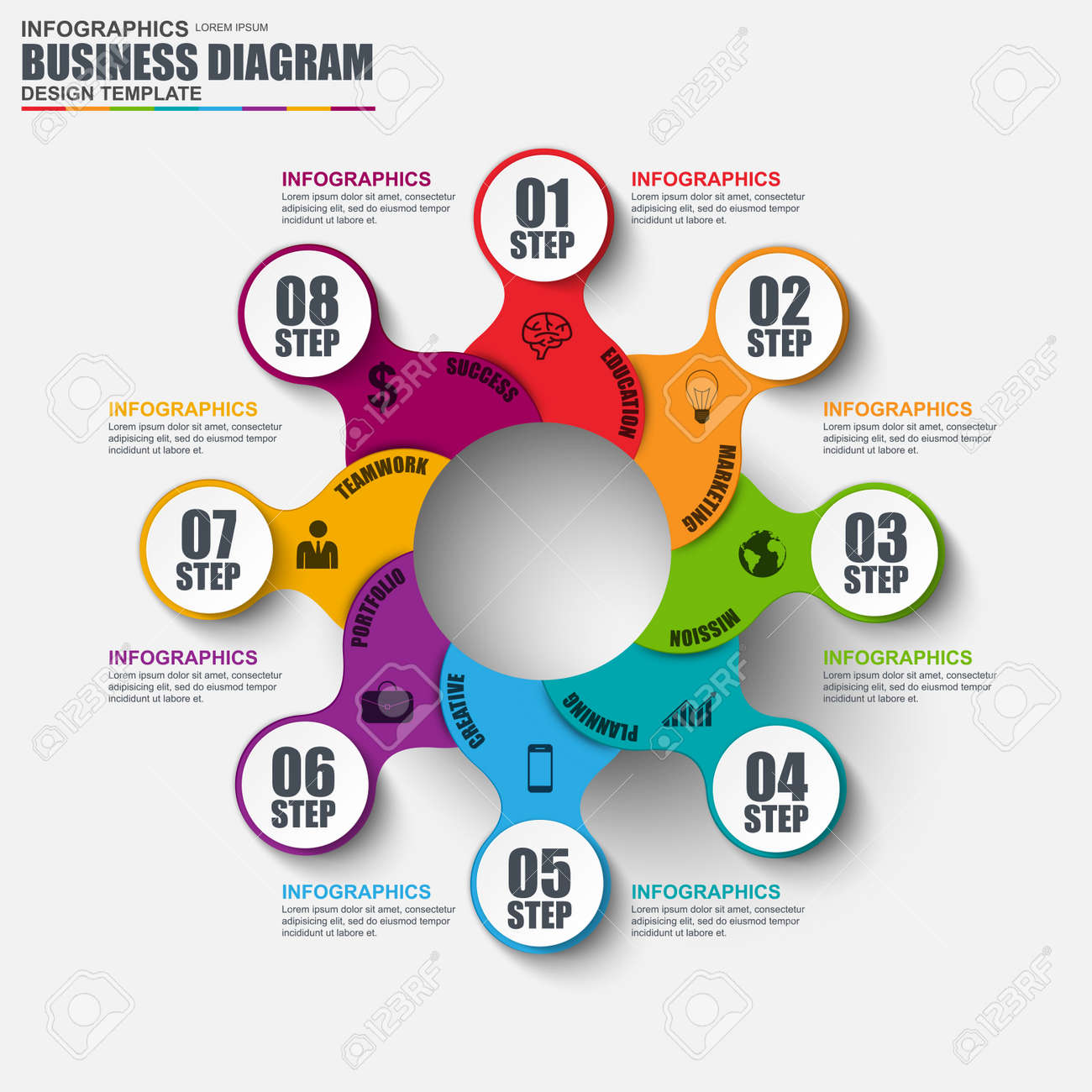Core Concepts Of Internet Site Layout: Advice For Crafting A User-Friendly Online Presence
Core Concepts Of Internet Site Layout: Advice For Crafting A User-Friendly Online Presence
Blog Article
Published By-Hovmand Bak
When it pertains to site style, guaranteeing user-friendliness is crucial. From responsive style to streamlined navigating, every component plays a crucial function in developing a site that accommodates your audience's needs. Yet what concerning the finer information that can make or break a user's searching experience? Remain tuned as we discover some often-overlooked suggestions that can elevate your web site's usability to the next level, making it genuinely attract attention in the digital landscape.
Relevance of Responsive Style
Receptive design is a vital aspect of modern-day internet site development. Ensuring your website is responsive means that it can adapt to various screen dimensions and tools, giving a seamless experience for individuals.
With the increasing use of smart devices and tablet computers to access the internet, having a responsive style is necessary for reaching a wider audience. It helps in enhancing individual experience by making your site simple to browse and read on any kind of tool.
Additionally, receptive style can favorably affect your search engine rankings, as online search engine like Google focus on mobile-friendly web sites. By having a responsive style, you're also future-proofing your site, as new tools with differing display sizes continue to arise.
Simplify Navigation Framework
To improve individual experience and promote easy access to details on your site, simplifying the navigating structure is paramount. When creating your site, focus on developing a clear and user-friendly navigation menu that helps site visitors discover what they're seeking quickly.
Limitation the variety of food selection items to the fundamentals, grouping associated pages with each other to stay clear of frustrating users. Use detailed labels that plainly show the web content of each page, making it easier for customers to comprehend where each link will take them.
Consider implementing dropdown menus for subcategories to prevent cluttering the primary navigation bar. In ada digital accessibility requirements , consist of a search bar plainly on the page for customers who like looking for details info.
https://www.lawfuel.com/blog/6-law-firm-seo-keyword-ranking-tips/ on mobile responsiveness in your navigation style to make sure simple access on all devices.
Optimize Page Lots Rate
Improving web page lots speed is vital for preserving visitors on your internet site. Slow-loading web pages irritate users and can bring about high bounce prices. To optimize page tons rate, begin by maximizing pictures. Compress pictures without compromising quality to lower their file sizes.
Additionally, make it possible for browser caching to keep regularly accessed resources in your area, quickening load times for returning visitors. Minify CSS, JavaScript, and HTML documents by getting rid of unneeded characters, remarks, and formatting, enhancing lots rate.
Take into consideration making use of a content shipment network (CDN) to disperse your website's material across multiple servers worldwide, minimizing latency for individuals accessing your site from different areas. Lastly, limit using third-party manuscripts and plugins, as they can significantly affect lots times.
Final thought
In conclusion, by incorporating receptive layout, simplifying navigating, and optimizing web page tons speed, you can develop a straightforward internet site that interest a wider target market and boosts customer experience. These essential elements make sure that visitors can easily accessibility and browse your website throughout different gadgets, leading to increased involvement and complete satisfaction. By focusing on these key facets, you can build a successful internet site that keeps customers returning for even more.
